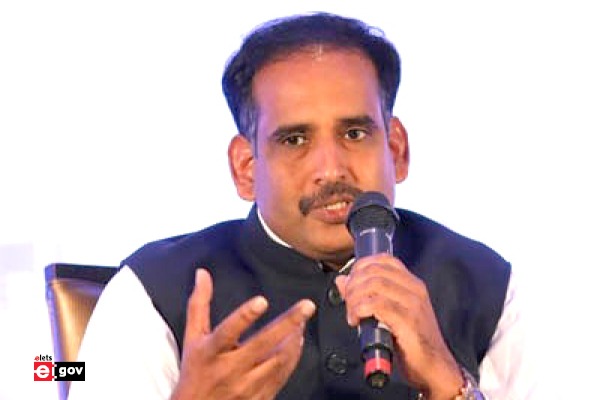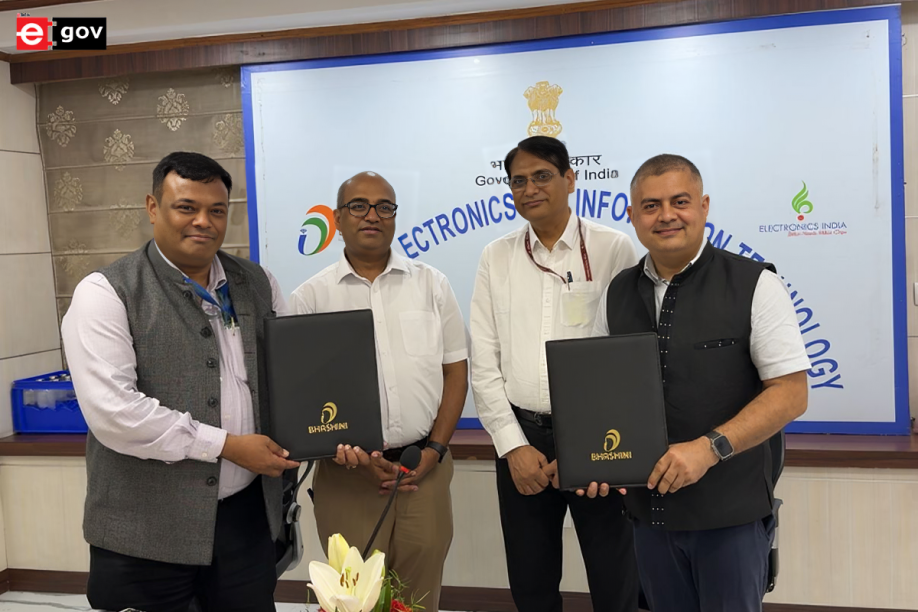
India’s solar energy sector is on the brink of transformative growth, with the country targeting 500 GW of renewable energy capacity by 2030. A report by Kotak Institutional Equities projects India’s solar capacity to soar from 82GW in FY2024 to 214GW by FY2030. This surge will be driven by initiatives like PM Surya Muft Bijli Yojana (rooftop solar), PM-KUSUM scheme (solar pumps), utility-level projects, and captive industrial additions.
“We expect India’s solar capacity to reach 214GW by FY2030, driven by (1) utility level additions, (2) rooftop solar, (3) solar pumps, and (4) captive industrial addition,” the report highlights.

India’s total energy capacity is expected to expand from 442GW in FY2024 to 641GW by FY2030, with solar energy contributing to 66% of this incremental growth. Notably, 90% of the overall additions in the next 11 years are expected to come from renewable energy sources, underpinned by the government’s ambitious policies.

As of FY2024, India boasts 70GW of installed solar module capacity and 7GW of solar cell capacity. The report anticipates an additional 84GW of solar cell capacity over the next three years. However, the longer lead times could lower actual output compared to announced capacities.

Government measures, including trade barriers, production-linked incentive (PLI) schemes, and import tariffs, have catalyzed domestic production. Global developments, such as the US’s imposition of 50% tariffs on Chinese imports and the Uyghur Forced Labor Prevention Act, have also influenced India’s solar manufacturing growth.

Indian solar manufacturing companies currently enjoy attractive margins and returns, supported by favourable unit economics across several categories. The report predicts exponential growth in the medium term, though large capacity expansions may lead to normalized margins and return ratios. Integrated manufacturers and those with US-based facilities are likely to maintain superior profitability and higher utilization rates.
Also Read | From Farms to Photovoltaics: Haryana’s Solar Energy Transformation
However, overcapacity poses a significant risk to the sector. “We expect the heightened competitive intensity to start impacting margins from 2028,” warns the report.
Be a part of Elets Collaborative Initiatives. Join Us for Upcoming Events and explore business opportunities. Like us on Facebook , connect with us on LinkedIn and follow us on Twitter, Instagram.
"Exciting news! Elets technomedia is now on WhatsApp Channels Subscribe today by clicking the link and stay updated with the latest insights!" Click here!













